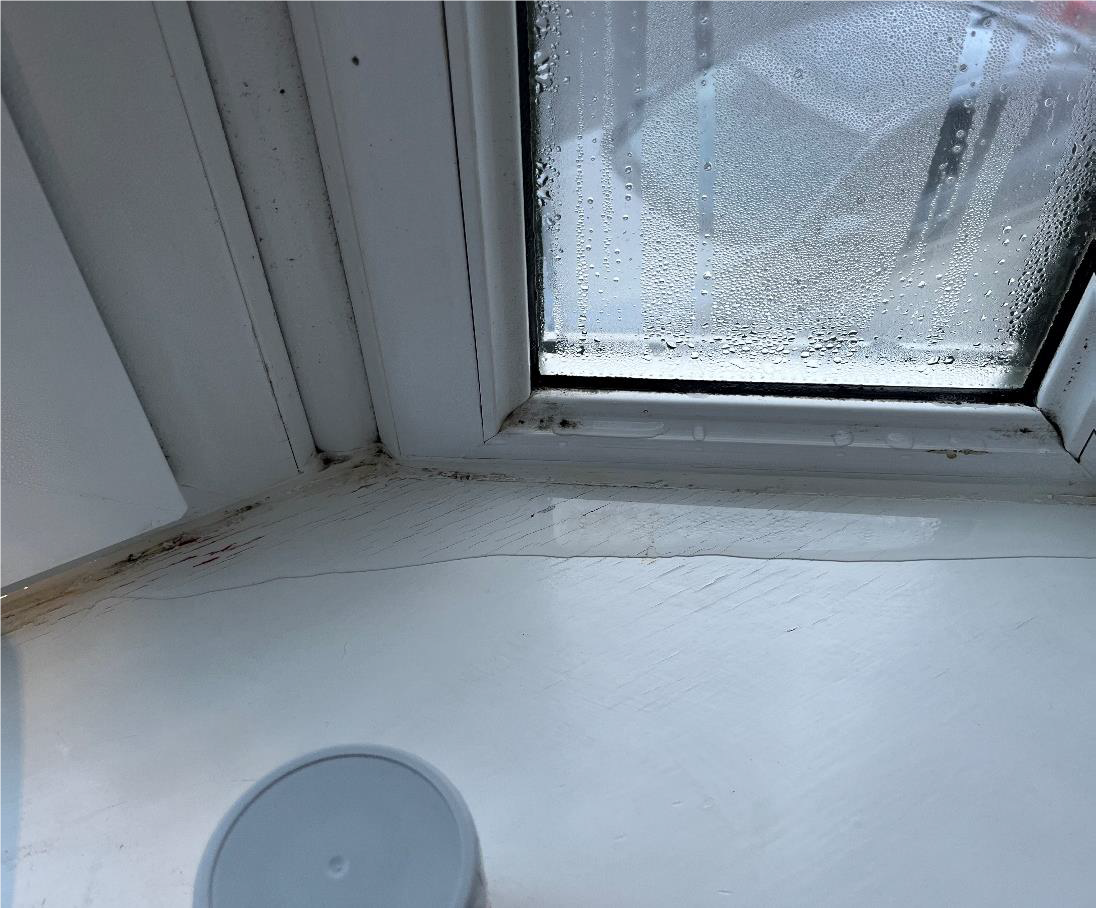England: Council residents awarded £40,000 in compensation after damp and mould complaints

Residents of an English local authority have been awarded £40,000 after they were left in dire damp and mould conditions.
The Housing Ombudsman made the ruling against Lewisham Council as it made three findings of severe maladministration by the landlord.
The level of compensation awarded in two cases reflects the rent paid by the residents during a period where the significance of the failings meant they lost enjoyment of the home.
In Case A, the Ombudsman ordered the landlord to pay nearly £20,000 in compensation after significant failings left a family in unsuitable conditions, such as mould on a baby’s cot bed.
The landlord failed to provide sufficient evidence to demonstrate the steps it took to investigate the root cause of the damp and mould and failed to take into account any of the external factors – simply attributing a lot of the problems to the residents’ lifestyle.
The landlord also failed to provide evidence of surveys carried out, as well as clarity on what actual repairs have been done on the property to date with regards to the leaks uncovered. 8 years after the resident first reported a leak to the home, the landlord was still saying an annual mould wash would be sufficient.
The landlord also did not demonstrate how it supported the resident and her family whilst dealing with the re-occurring damp and mould as well as consideration of the health and wellbeing of the family, particularly as it was made aware of health conditions within the household and the additional impact of the overcrowding in the property.
There was extensive damage to the resident’s property, including mould on her children’s mattress and the baby’s cot bed. The walls within the property were covered in mould in both the living room and the bathroom. Evidence from the children’s school also indicated the living conditions affected their attendance.
On top of the significant compensation, the Ombudsman ordered the landlord to decant the resident and her family, consider whether that needs to be permanent considering the vulnerabilities present in the household, and look into producing a damp and mould strategy.
In Case B, the Ombudsman found severe maladministration for how the landlord dealt with a leak that ended up with damp and mould, leading to damaged belongings and the resident being unable to use one bedroom.
After the leaseholder reported the problem, there is no evidence to suggest the landlord investigated the cause of the leak. Contractors did look at the roof but found no evidence of a leak, and multiple jobs raised over a year proved ineffective as the leak was still evident when the Ombudsman determined the case.
The time taken to complete the repairs fell considerably outside the timescales mentioned in the landlord’s repairs policy. These delays caused significant distress and inconvenience to the resident, with her unable to use one of the bedrooms, as well as her personal belongings being damaged from the dampness and mould.
At various points in the process, the resident sought updates from the landlord but was often not replied to at all.
The Ombudsman ordered the landlord to complete a surveyor’s report to enable it to know what actions to take to stop the problem, pay £1,700 in compensation and to provide the resident with details of the landlord’s insurer.
In Case C, the Ombudsman found severe maladministration and ordered £19,500 in compensation after the landlord failed to deal with a window repair for six years, leading to severe damp and mould.
The resident has various vulnerabilities within the household, including allergies, asthma, and mental health difficulties caused by the conditions.
When the resident first reported ‘brown plaster’ it was ordered to remove that and to check for any other defects. There is no evidence this checking of other defects ever happened.
In the same inspection, six windows were noted as being “in poor condition” and in need of repair. The inspection also said that the landlord needed to look at double glazing in the property and repair the extractor fan in the bathroom. In the inspection report six years later, the windows were noted as being “held together with tape” and the black mould in the home as “severe”.
Some window repairs were done two years into the complaint, some three years later and the final repairs happening a year after that, which was an unacceptable timeframe.
The actions taken and the records kept do not indicate any level of understanding of the issue affecting the resident, or any urgency in completing the required repairs. The landlord seemed to be waiting to undertake the repairs as part of ‘major works’.
On top of the compensation, the Ombudsman ordered the landlord to undertake a full survey of the property and carry out a comprehensive review of its practices in relation to responding to requests for repairs and record keeping. The chief executive was also required to write an apology to the resident.
Richard Blakeway, Housing Ombudsman, said: “These are three significant cases for learning from damp and mould. Until recently, this is an area that has not always been taken sufficiently seriously or tackled urgently by landlords, sometimes leaving residents in unhabitable homes and conditions they would never live in themselves.
“The financial awards at this level are unusual, reflecting the impact on the residents and the prolonged period of service failure they experienced.
“It is crucial landlords learn the lessons of these cases so that funding can go into services rather than redress service failings.
“The landlord has self-referred itself to the Regulator of Social Housing over Decent Homes and repairs, and these complaints would have given it an indication that it was not performing as it should be.
“We encourage landlords to use complaints as a barometer of how services are operating. While from time to time things will go wrong, complaints can also indicate where there may be areas for action.
“Running alongside the damp and mould issues, there are several other key foundational failings such as on knowledge and information management and effectively handling vulnerabilities. Both of these are discussed in our Spotlight reports on the issues, and landlords should continue to use these to improve services and residents lives.”
In its learning from these cases, the landlord said it has undertaken a full review of its complaint handling, as well as both short and long-term solutions to how it handles repairs.
A spokesperson for Lewisham Council said: “We have identified in all three cases our failures could have been prevented by better record keeping; better communication within the organisation and with our residents regarding their complaints; and a more pro-active/preventative approach to repairs and maintenance.
“Since taking over from Lewisham Homes in October, the Council has taken steps to improve services.
“We have mobilised an immediate short-term improvement plan, along with a full transformation plan to deliver long term improvements to the Repairs Service. Following an Order from the Housing Ombudsman in November 2023 we commissioned an external organisation to carry out an additional review of our repairs service, including access to our service, communications and identifying and completing repairs.
“We have also undertaken a comprehensive review of our approach to complaints handling.
“We will publish the outcome of our reviews and share action plans with residents.
“In progress is a stock condition survey of all our housing stock to build a more accurate picture of their condition to direct investment where it is most needed. Our capital programme commits to £321m of investment in the stock over five years.
“Alongside this, we are making major investments to modernise our systems for managing and storing information. With a new housing management system now in place, we are developing new ways to use data to deliver better outcomes for residents.”






